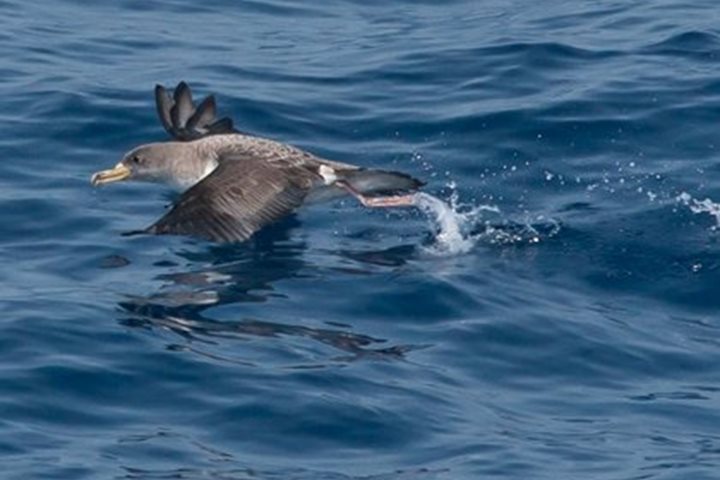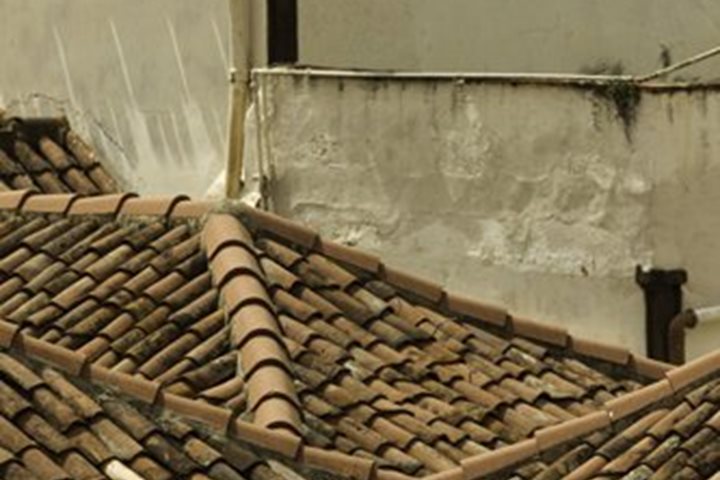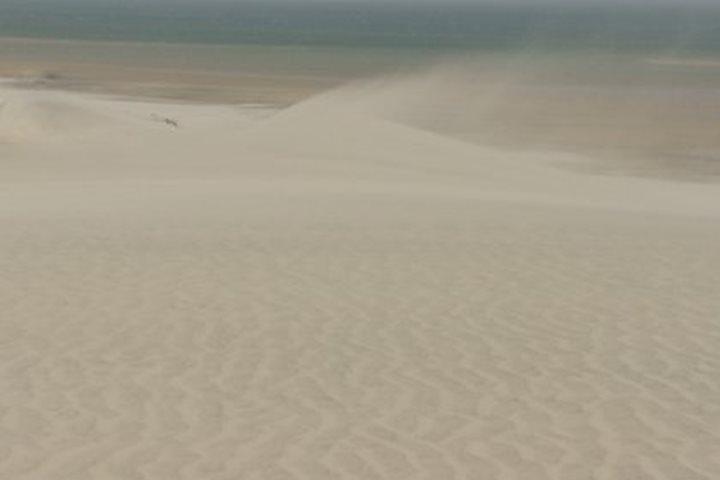Limbé, Cameroon
Heading into our second day of exploring the Central West African nation of Cameroon, the National Geographic Explorer anchored in the early morning about a mile from shore at the base of Mount Cameroon. At 13,353 feet, this volcano, which erupted as recently as 1999, is the highest mountain in West Africa. Unfortunately, due to the cloudy conditions, we weren’t able to view its lofty summit. However, as we sped to shore in the Zodiacs, we could begin to see the familiar dense rain forest covering its flanks. After all, Mount Cameroon is an extension of the volcanic range that we encountered firsthand only two days ago in the island nation of São Tomé and Príncipe.
All of our options for exploring today focused in one way or another on the bounty of the incredibly fertile volcanic soil that contributes in large part to the great biodiversity of the region. Many of us visited a tea plantation, where we observed harvesting and enjoyed a tea tasting. Others visited a busy banana packing factory, where they observed operations and learned that France imports all the bananas Cameroon can produce! Several others enjoyed a peaceful morning exploring the grounds of the Limbe Botanical Gardens, which offered excellent bird watching as well.
I joined an intrepid group of guests for a morning hike up the flank of Mount Cameroon or Mongo-ma-Lobo, the Mountain of Thunder, as it is referred to by locals. To get to the trailhead, we drove to Buea, the former German colonial capital, and hit the trail right behind the Castle that housed the colonial governor. It now serves as one of the residences for the President of Cameroon, Paul Biya. So, unfortunately, no photos allowed!
Our first hour was spent climbing through open meadows that had been cleared by local farmers, who we observed tending their plots of coco-yams, a local staple. It was a steep climb in the hot mid-morning sun. For inspiration, we listened to the story of local star athlete Sarah Etonge. Since 1973, runners from around the world have come here to compete in the Race of Hope—a grueling race to the top of the mountain and back. Sarah was born right here in Buea, the mother of seven children, and earned the title “Queen of the Mountain,” after winning the race five times! We drank some water, took a deep breath, and carried on.
Soon in the cool shade of the forest, we encountered giant tree ferns, a sailfin chameleon, and one lucky person even got a fleeting glimpse of an African civet! We turned around after climbing 1,500 feet in altitude and were enveloped in clouds and a short rain shower on our decent.
After lunch, we visited the Limbe Wildlife Center, which is home to more than 15 species of primates native to Cameroon. These included drills, baboons, mandrills, gorillas, and chimpanzees. This is no zoo, however, but rather a rescue center. Illegal bush meat trafficking is rampant throughout the country and remains a serious threat to many of the region’s endangered species. Many of us left with the impression that the sheer number of a given species in each expansive enclosure allowed for a more natural community to form, which one rarely finds in the average zoo. For example, it was mesmerizing to observe the behavior of the 40 chimpanzees grooming, bathing, sleeping, and playing. But perhaps most exciting was the sight of a silverback gorilla demonstrating his dominance by rising upright and charging forward nearly fifty feet!
Back aboard ship, we pulled anchor and headed out into the Gulf of Guinea toward our next destination, Benin.






